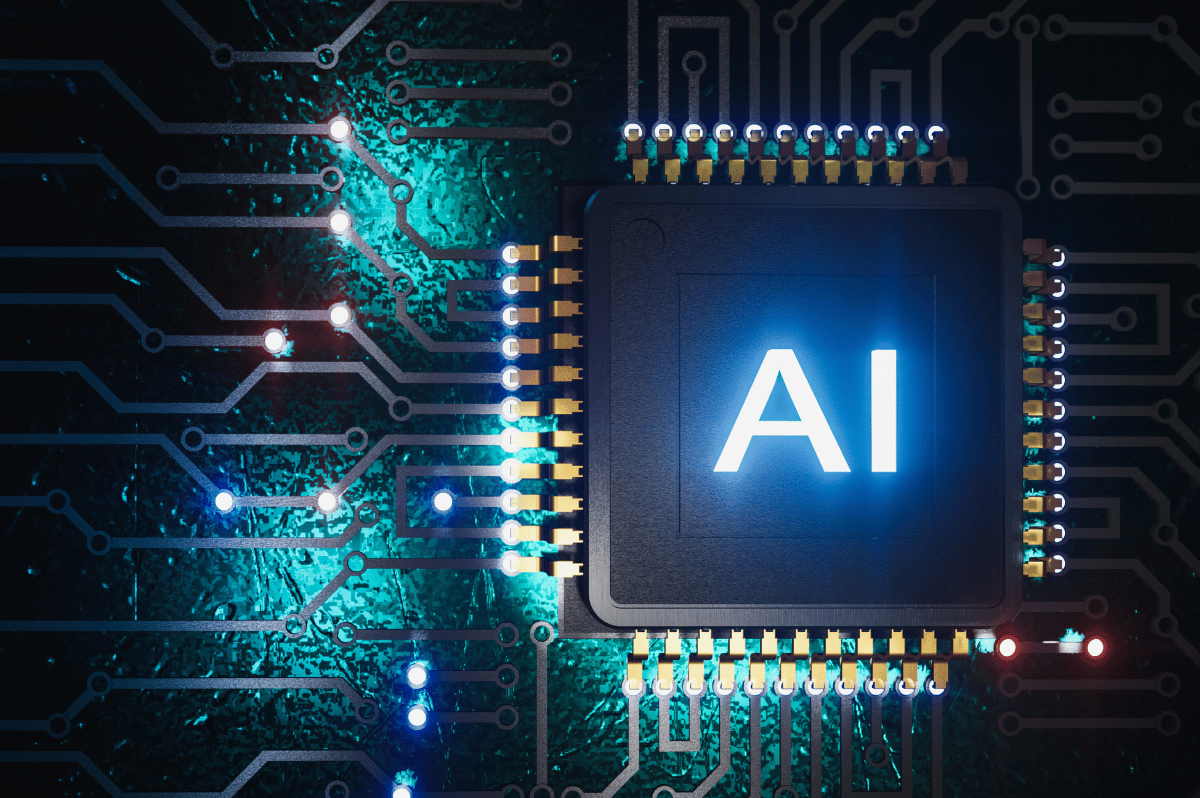The Evolution of IT Security Compliance in the Age of GenAI

Just when we thought we had seen it all—from phishing schemes that could fool even the most paranoid, to ransomware attacks that would make your average Bond villain blush—along comes Generative AI (GenAI). If you’ve ever played with one of those AI tools that can write poems, paint portraits, or even generate code snippets, you might have thought, “This is cool!” Well, so did the cybercriminals. And not in a good way.
Welcome to the new frontier of cybersecurity, where GenAI is the latest weapon in the hacker’s arsenal, and conversely, the new shield for those on the defense. It’s a cat-and-mouse game where both the cat and the mouse have just discovered rocket boosters. As we dive into this brave new world, let’s take a look at how IT security compliance is evolving, and where it’s headed.
GenAI: The Cybercriminal’s New Favorite Toy
Remember when hacking used to involve a hoodie, a dark room, and endless lines of code? Those were the good old days. Now, with GenAI, the barrier to entry has lowered significantly. Today’s cybercriminals can deploy AI tools to generate convincing phishing emails, automate the creation of malware, and even simulate entire social engineering scenarios with frightening accuracy.
Take, for example, deepfakes—those AI-generated videos that can make it seem like anyone is saying or doing anything. A little creepy, right? Now imagine a cybercriminal using that technology to impersonate a company’s CEO in a video message, instructing employees to transfer funds or divulge sensitive information. Suddenly, that phishy email from a “Nigerian prince” seems downright quaint.
GenAI can also be weaponized to exploit zero-day vulnerabilities more efficiently. By analyzing vast amounts of data at an astonishing speed, AI can identify weaknesses in systems before they are widely known and patchable. And once those vulnerabilities are found, GenAI can help create and deploy exploits faster than you can say, “Didn’t we just update the firewall?”
Cybersecurity: Fighting Fire with Fire
But all is not lost—cybersecurity companies have their own GenAI tricks up their sleeves. In fact, the same technology that’s making hackers more formidable is also giving the good guys some powerful new tools.
One of the key ways AI is being infused into cybersecurity is through predictive analytics. By analyzing patterns and trends in vast amounts of data, AI can predict potential threats before they even happen. It’s like having a crystal ball, but instead of foretelling who’s going to win the next reality TV show, it’s predicting the next big ransomware attack.
GenAI is also being used to enhance threat detection. Traditional security systems often rely on signatures—known patterns of malicious activity—to identify threats. The problem? Signatures can only detect what they already know, making them useless against new, unknown threats. Enter AI, which can analyze behaviors rather than just signatures, allowing it to identify anomalies that might indicate a cyberattack in progress, even if it’s something the system has never seen before.
And let’s not forget about response times. In the high-stakes world of cybersecurity, every second counts. AI-powered systems can respond to threats in real-time, automatically shutting down attacks as they happen and minimizing damage. It’s the digital equivalent of having an elite SWAT team on standby, ready to storm in and neutralize the threat before anyone even realizes there’s a problem.
IT Security Compliance: Playing Catch-Up
With all this innovation in the cybersecurity landscape, you might think that IT security compliance standards would be sprinting to keep up. Unfortunately, it’s more of a brisk walk. Compliance frameworks, by nature, tend to be reactive rather than proactive. They’re the rules and regulations designed to ensure that organizations maintain a certain level of security, often dictated by what’s come before rather than what’s coming next.
However, the rise of GenAI is forcing a reevaluation. Compliance standards are beginning to recognize that traditional check-the-box approaches are no longer sufficient. It’s not enough to have firewalls, antivirus software, and regular updates. Organizations now need to demonstrate that they’re using advanced, AI-driven tools to proactively identify and mitigate risks.
Moreover, compliance is increasingly focusing on data governance—how organizations manage and protect the data they collect. With GenAI capable of analyzing and generating data on an unprecedented scale, the potential for misuse is staggering. New regulations are emerging that require organizations to not only secure their data but to do so in ways that account for the unique challenges posed by AI technologies.
Another key area where compliance is evolving is in the realm of AI ethics. As organizations deploy their own AI tools, they must ensure that these tools are used responsibly. This includes everything from preventing AI from making biased decisions to ensuring that AI-generated content is accurate and not misleading. In other words, it’s not just about using AI—it’s about using it in a way that’s fair, transparent, and ethical.
The Road Ahead: Where Do We Go From Here?
So, where does IT security compliance go from here? If the past few years are any indication, we’re in for a wild ride.
First, we can expect to see more dynamic and flexible compliance standards. Instead of rigid rules that are updated every few years, we’ll likely see frameworks that are designed to evolve in real-time, incorporating the latest AI technologies and threat intelligence as they emerge. This will require closer collaboration between regulatory bodies, cybersecurity experts, and organizations themselves.
Second, we’ll see a greater emphasis on continuous monitoring and assessment. Rather than relying on periodic audits, organizations will need to demonstrate ongoing compliance through real-time reporting and automated assessments. This is where AI can once again play a key role, enabling continuous monitoring of systems and generating compliance reports automatically.
Finally, as AI continues to evolve, we’ll likely see new forms of compliance emerge that focus specifically on AI governance. This could include everything from ensuring that AI systems are transparent and explainable to implementing safeguards that prevent AI from being used for malicious purposes. In essence, we’ll need compliance frameworks that are as smart and adaptive as the AI technologies they’re designed to regulate.
Welcome to the AI-Powered IT Security Compliance Future
The integration of GenAI into both cybercriminal tactics and cybersecurity defenses marks a new chapter in the ongoing battle between good and evil in the digital realm. While the challenges are significant, so too are the opportunities. As IT security compliance evolves to meet these new realities, organizations will need to be more agile, more proactive, and more innovative than ever before.
So, buckle up. The future of IT security compliance is going to be anything but boring. And if nothing else, it’s a great excuse to finally upgrade that ancient firewall. After all, in the age of AI, you never know when a deepfake CEO might drop by with some “urgent” instructions.
Try Portnox Cloud for Free Today
Gain access to all of Portnox's powerful zero trust access control free capabilities for 30 days!





